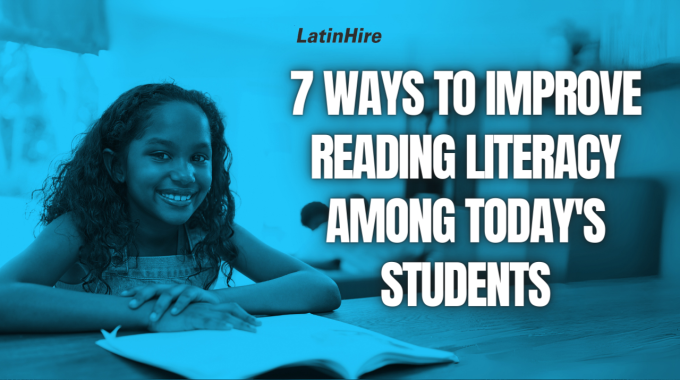Summer is an exciting season filled with fun, relaxation, and social events. For online ESL…

How to teach the differences between comparatives and superlatives?
As ESL teachers, it is essential to have a thorough understanding of comparatives and superlatives to effectively teach your students how to use them correctly in their written and oral communication.
Comparatives and superlatives are two types of adjectives used to compare or describe the degree of a quality or characteristic of two or more things. While they may seem similar, there are some key differences between the two that are important to understand.
In this article, we will explore these differences in detail with examples to give you the tools to teach your students how to use comparatives and superlatives in their everyday conversations.
Comparatives

Comparatives are adjectives that are used to compare two things, and they typically end in -er.
For example:
- The blue car is faster than the red car.
- She is taller than her sister.
- This apple is sweeter than that one.
In each of these examples, the comparative adjective – faster, taller, sweeter – is used to compare the degree of a quality between two things.
It is important to note that when the adjective ends in a “y”, the “y” must be changed into an “i” before adding -er.
For example:
- Happy → Happier
- Heavy → Heavier
- Grumpy → Grumpier
However, when the adjective has more than two syllables, we do not add -er to the end of the adjective, rather we add “more” in front of the adjective.
For example:
- She is more beautiful than her sister.
- This shirt is more expensive than the other one.
- He is more generous than his father.
In each of these examples, the adjective – beautiful, expensive, generous – has three syllables.
When using comparatives, it is important to note that there are some irregular forms.
For example:
- Good → Better
- Bad → Worse
- Far → Farther (for physical distance)
- Far → Further (for metaphorical distance or degree)
Superlatives

Superlatives, on the other hand, are adjectives used to describe the highest degree of a quality or characteristic among a group of three or more things, and they typically end in -est.
For example:
- The blue car is the fastest in the race.
- She is the tallest person in the room.
- This apple is the sweetest of all the apples.
In each of these examples, the superlative adjective – fastest, tallest, sweetest – is used to describe the highest degree of a quality among a group of three or more things.
Just like with comparatives, if the adjective ends in “y”, it must be changed to “i” before adding -est.
For example:
- Happy → Happiest
- Healthy → Healthiest
- Grumpy → Grumpiest
However, when the adjective has more than two syllables, we do not add -est to the end of the adjective, rather we add “most” in front of the adjective.
For example:
- She is the most beautiful girl in the room.
- This shirt is the most expensive one I’ve seen.
- He is the most generous in his family.
Also like comparatives, there are irregular forms when it comes to superlatives.
For example:
- Good → Best
- Bad → Worst
- Far → Farthest (for physical distance)
- Far → Furthest (for metaphorical distance or degree)
An Activity to Help Your Students Learn Comparatives and Superlatives

The best way to learn anything is to practice and apply it. Here’s an activity you can try with your students to help them reinforce the concepts of comparatives and superlatives.
Give your students a list of 10-20 adjectives to describe people. Then ask them to make comparisons between their friends and family members using comparatives and superlatives of those adjectives.
For example, the list of adjectives can include tall, smart, funny, thin, happy, loud and shy. Students can then compare their friends and family by saying something like, “My father is taller than my mother. My cousin is the funniest in the family.”
We hope this article will help you teach your ESL students how to use comparatives and superlatives. Let us know in the comments below what other topics you’d like to see in LatinHire’s weekly newsletter!



